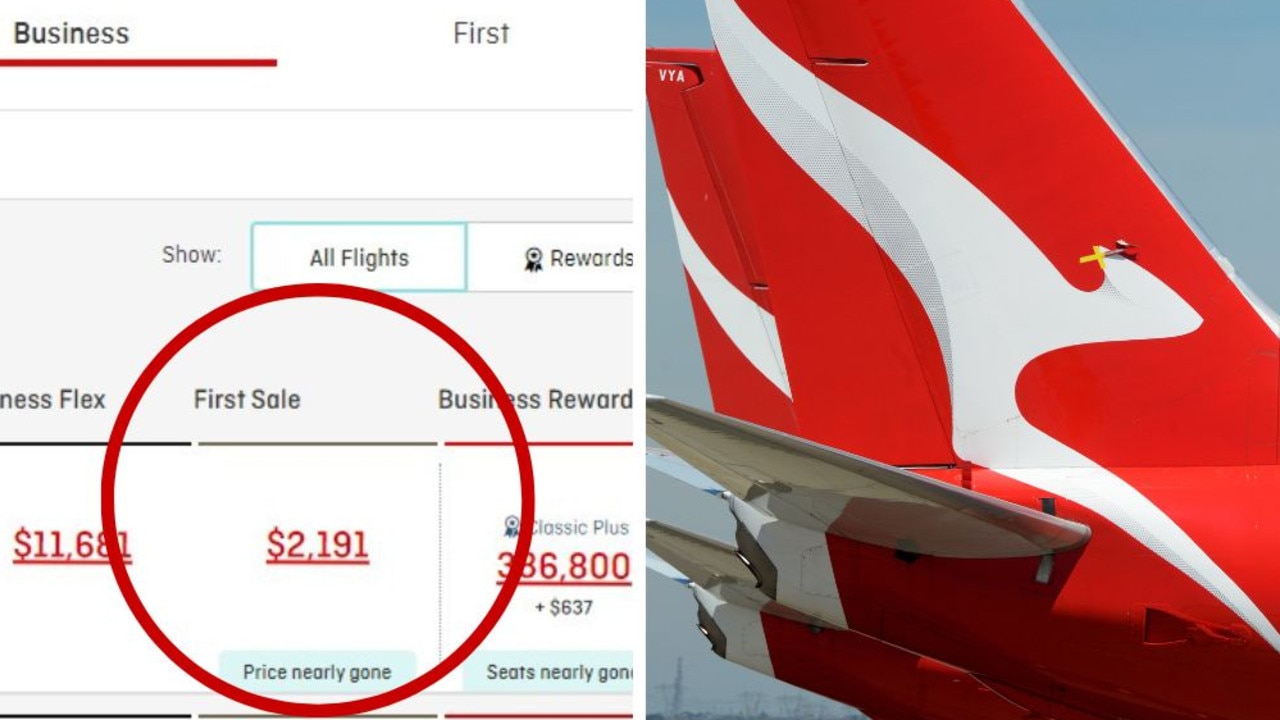Seven tips and tricks for using your mobile phone overseas
WE’VE all heard stories about people travelling overseas only to return to thousands of dollars in bills thanks to their mobile phone. Here’s how to communicate on the cheap.

WE’VE all heard stories about people travelling overseas and coming back to find they have unknowingly run up thousands of dollars in bills on their mobile.
To avoid going bankrupt due to crippling global roaming charges and expensive international phone calls, Skyscanner have put together a guide for communicating on the cheap.
1. Buy a prepaid SIM in Australia
If you want to make cheap phone calls and texts, receive free calls, and are visiting more than one country like, say, France then Italy, then this is for you.
Before you travel overseas, order a prepaid SIM card from a company such as Go-Sim or TravelSIM. A Go-Sim SIM card costs $22 including $10 credit, while a TravelSIM SIM card costs $49.95 and comes with $20 credit. You top up via a phone app.
Go-Sim also offers data-only SIM cards that give you 200MB of data for $52 or 1GB for $105. You pay more to connect other devices to your phone by adding a Wi-Fi hot spot option. Your phone needs to be unlocked to use any of these services (check with your provider before you leave).
2. Buy a local SIM at your destination
This works well if you’re visiting just one country, such as the United Kingdom. You can buy SIM cards at airports or at some supermarkets. If you travel to another country though, you won’t be able to use that SIM card without turning on global roaming.
Oh, and if you buy a local SIM, you’ll have to text or call your friends to tell them the number, whereas if you buy a prepaid SIM card in Australia, you can give them your contact details before you travel. Again, your phone needs to be unlocked.

3. Buy a local SIM before leaving home
Huh? A local SIM before you even close your front door? Well, yes. Check out the Aussie owned and operated travelgear.com.au. You can order local SIM cards from a range of countries, from the Bahamas and Great Britain to Canada and China.
They’ll be with you in a few days and you can hand your number out before you go. Receiving calls from home are usually free.
4. Use Wi-Fi
Turn off global roaming on your phone and head to a Wi-Fi hotspot, such as a hotel lobby, or local cafes. You can communicate via Facebook of course, or use apps such as Skype, iMessage or WhatsApp.
With Skype you can buy prepaid credit costing either $16 or $40 and calls cost from US$0.025 per minute. iMessage is an Apple program that allows you to text each other wherever you are for free, as long as you each have an Apple device. WhatsApp lets you call and text too, but it’s cross-platform, meaning you can use it on either Android or Apple devices.
Alternatively, check if the country you’re visiting allows MiFi or Portable Wi-Fi Routers, where everyone in your travel group gets to enjoy Wi-Fi on the go. Some countries like Japan even let you have them delivered to your hotel upon arrival.
5. Download essential apps before you use roaming
If your phone is locked and you need to use global roaming then prepare beforehand. Turn off automatic updates and don’t use non-essential apps.
Download things like maps before you go, to cut down on global roaming cellular usage. And turn it off when you find a good Wi-Fi spot.

6. Buy prepaid roaming
Telstra and Optus both offer prepaid plans that allow you to check emails and surf the web when you are overseas.
Optus charges $45 for up to 90MB of roaming data or $85 for up to 170MB of roaming data. These both expire after 30 days and not all countries are covered.
Telstra offers two International Travel Passes, one covering New Zealand, Indonesia and Thailand, and the other a bundle of other countries from Cambodia to the USA. You pay a daily fee of either $5 or $10 based on set periods and you get unlimited voice calls and SMS to and from standard numbers. You also get a data allowance.
7. Go without a SIM card
There’s a lot to be said for arriving in New York (or the Maldives or Bali) and knowing no one can contact you. Add to that the fact that you won’t be getting annoying SMSs from telcos when you’re fast asleep. So, take out your SIM card, and use your phone the smart way — as an alarm clock or a Wi-Fi browser.



